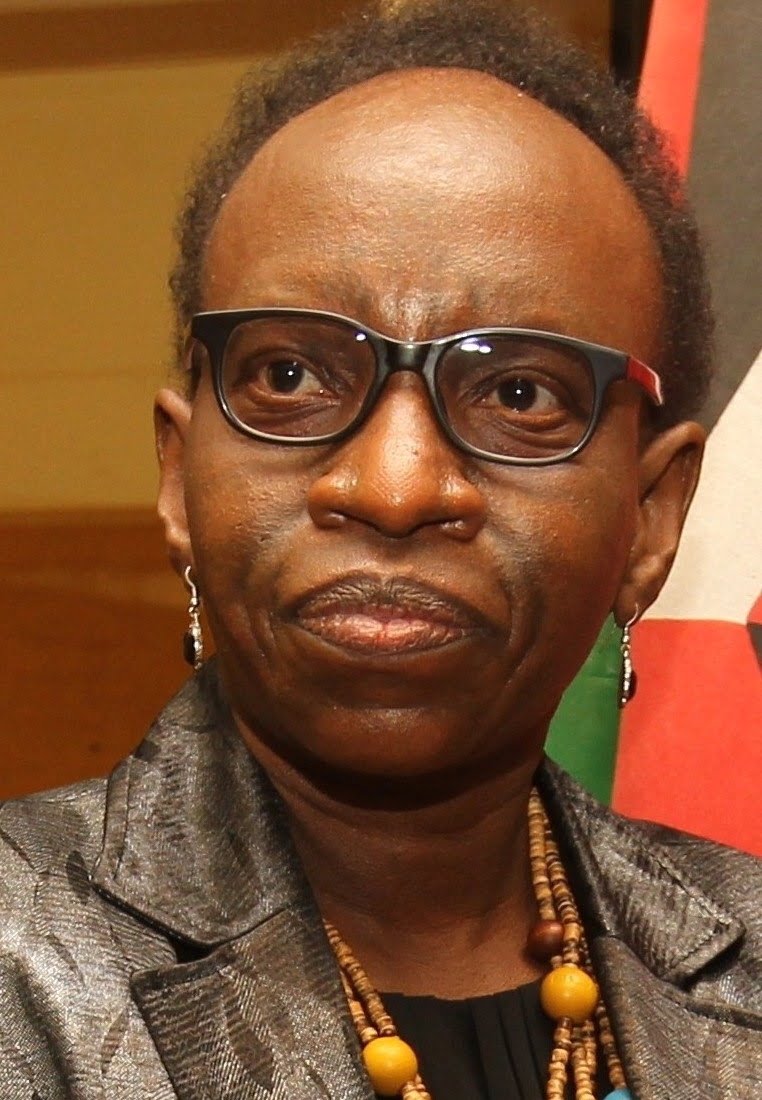By Roy Hezron
Shortage of Quality Assurance and Standard Officers (QASO’s) at Sub-County level and scarce resources has been blame for the Ministry of Education’s (MOE) failure to ensure Secondary Schools are prepared to handle fire incidences in schools.
According to Auditor General’s report on Performance Audit Report on Fire Safety Performance in Secondary Schools by the Ministry of Education dated September 2020, there was a shortage of 473 QASO’s in 286 Sub-Counties with only 385 QASO’s available against 858 which is the ideal number of QASO’s required.
The Safety Standards Manual for Schools in Kenya 2008 requires that school safety assessment which includes fire safety preparedness, be monitored by QASO’s as part of their routine advisory visits to schools.
The schools are supposed to be assessed at least once in every two years, and to follow up on implementation of their recommendations within three to six months after issuing an assessment report.
The Auditor General Nancy Gathungu sought to find out whether the MOE had ensured that secondary schools are prepared to handle fire incidences and examined the ministry’s fire safety preparedness activities for the period 2014/15-2018/19.
For QASO’s to work efficiently during assessment process, the best practice requires the officers to be a team of at least three officers in each sub-county for them to form a panel to assess a school effectively.
During the audit period, a total of 42 secondary schools were sampled from five (5) counties which are Machakos, Siaya, Uasin Gishu, Kajiado and Kiambu as case studies based on prevalence of fire incidences.
According to audit findings, all the sampled counties had less than three QASO’s in all their sub-counties, a situation that forced them to collaborate with other sub-counties so as to form a team of at least three officers to enable them conduct assessments in schools.
The QASO’s normally carry out assessments in all primary, secondary and tertiary institutions in their respective sub-counties.
“Consequently, due to the many schools in need of assessments, it was not practically possible for assessments to be conducted at least once in every two years,” reads the report findings in part.
According to the audit findings of the sampled five counties, Kiambu County which had 12 sub-counties, 8 sub-counties only had one Sub-County QASOs (SQASOs).
One Sub-county had only two (2) SQASOs, while three (3) sub-counties had no SQASOs.
Uasin Gishu County which had 6 sub-counties had only four (4) sub-counties having one (1) SQASOs while one sub-county had two SQASOs with one sub-county having none of the SQASOs.
In Siaya County which had six (6) sub-counties, the auditor general found out that five (5) sub-counties had only one QASO’s, with one sub-county having two while none of the sub-county had two QASOs.
Machakos County with 9 sub-counties had 7 sub-counties having one QASO’s, one sub-county having two while one having none.
In Kajiado, three sub-counties had only one QASO’s; one sub-county had two of them while the other one sub-county had none of the QASO’s.
Apart from understaffing, the audit report reveals that the MOE had not ensured that the QASOs have adequate resources like motor vehicles to facilitate logistics for assessment of schools.
For instance, in Isinya sub-county in Kajiado County; the QASOs did not have motor vehicles to facilitate their movement and yet the sub-counties are vast with some schools in very remote areas, which hinder regular assessment of schools notably those in interior areas.
Another loophole that the AG identified was on the quality index tool which the QASOs use to carry out the assessment, which she noted that it only touches on general issues dealing with fire safety preparedness.
“Schools are therefore not comprehensively assessed on fire safety preparedness. Consequently, most schools were not getting expert advice on measures they need to take to ensure that they are well prepared to handle fire incidences,” revealed the report.
Worst School Fire Incidents
One of the greater school fires that went down in the country’s history is the Kyanguli fire tragedy of 2001, which happened on the night of between March 25 and 26, 2001 at Kyanguli High School.
The fire consumed one of the dormitories in which students were sleeping. Sixty-seven (67) of the students were burnt to death and others sustained various physical injuries.
It was not possible to identify 58 of the students who died in the fire, as the bodies were burnt beyond recognition.
Survivors claimed both doors were locked from outside, which was evident from the many bodies piled next to a window.
The then President, the late Daniel Moi visited the school that afternoon and ordered for thorough investigation. The government declined requests by parents to view the bodies because they were unidentifiable. All bodies were buried in one grave.
At Asumbi Girls Boarding Primary School in August 2012, 8 pupils died in a fire incident which broke out in one of the dormitories which was caused by electricity fault.
Another incident was in September 2017 at Moi Girls in Nairobi where at least eight students were killed and 10 others taken to hospital after a fire broke out at one of the dormitories.
In 2019 alone, more than 120 schools were set ablaze in less than 3 months.







